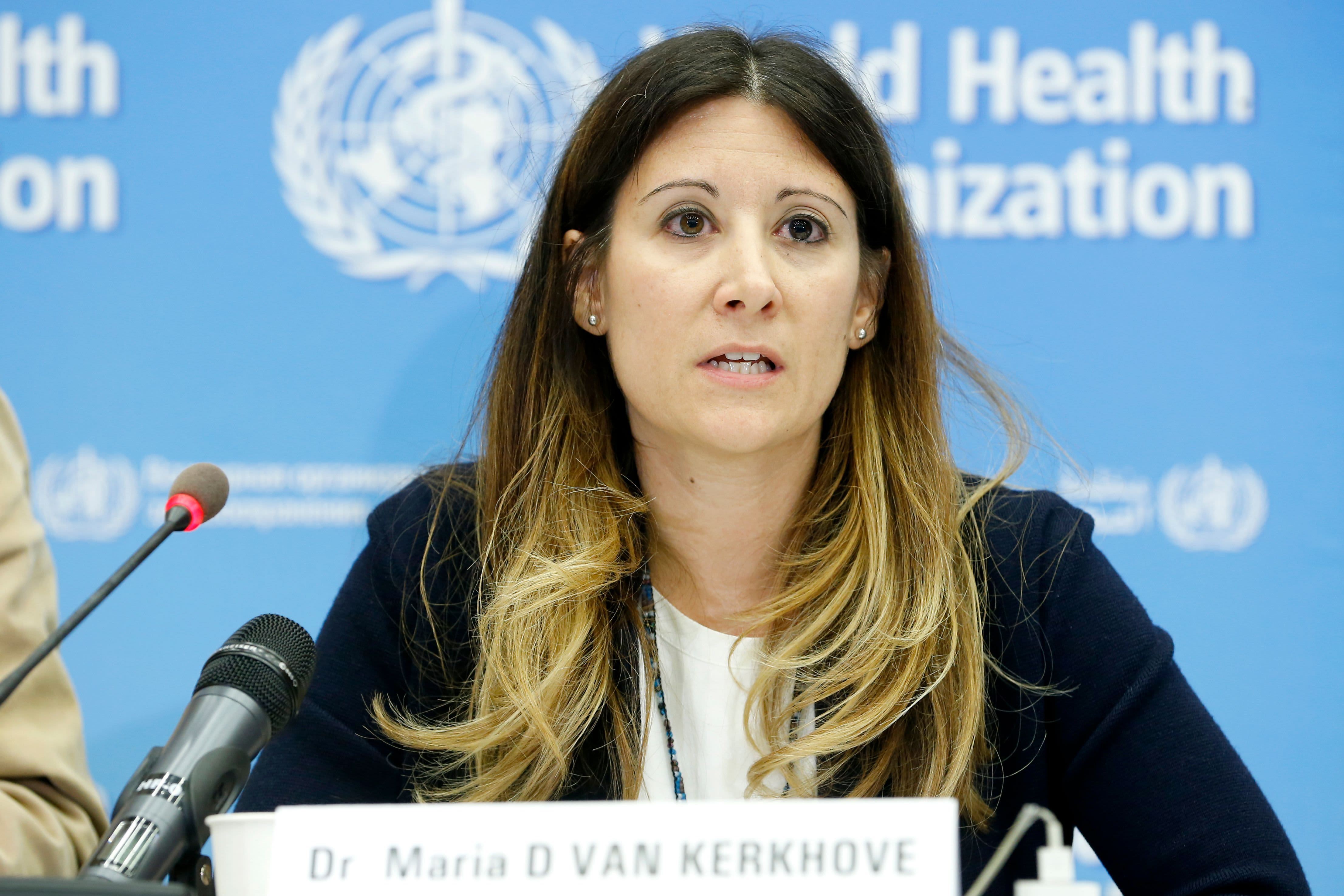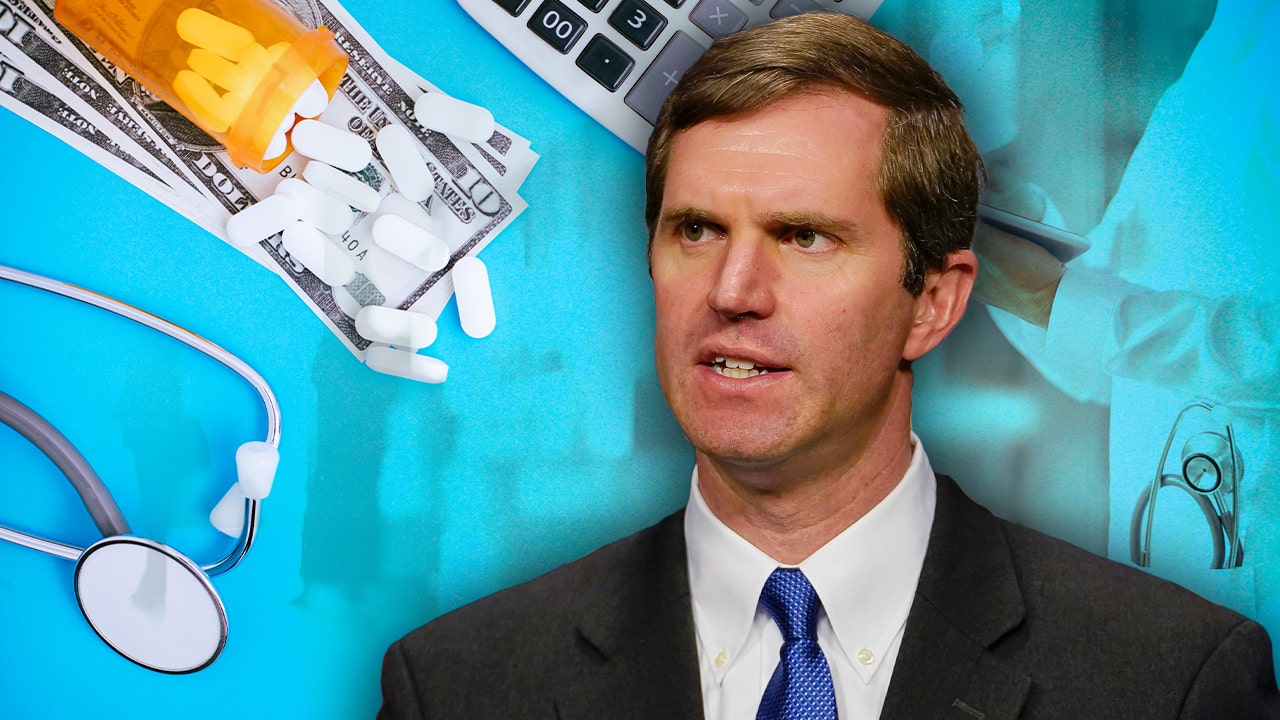Hey--- drop a link for that please.

Here's a link to an article about the study I mentioned. >4600 Hoosiers sampled randomly (antibody and swab) during the last week of April. Overall 2.8% were infected (either active infection via swab or antibody positive from prior active infection). It showed for every clinical case, there were 10 more nonclinical infections, 45% of which were classified as asymptomatic.
A study measuring the spread of the novel coronavirus in the state shows a general population prevalence of about 2.8 percent.

news.iu.edu
Note that in these various articles asymptomatic means the person NEVER develops symptoms, which is different from pre-symptomatic. So when WHO said that asymptomatic people "rarely" caused infection it's important to understand they were talking about folks who would never develop symptoms, not the highly infectious pre-symptomatic cohort. Of course WHO has clarified their remarks (or, muddied the water) by basically retracting "rarely" and replaced it with "up to 40%."

I'm still looking for the reference about ratio of pre-symptomatic to asymptomatic. It came out a few days after this linked article, and was a comment made by one of the researchers in an interview in the secondary press. If I come across it I will post it. But you can back into the figures pretty easily; if 45% of the infections are asymptomatic, so 55% develop symptoms (though usually subclinically), and much of the infection seems to happen during the pre-symptomatic phase of the disease, and it takes on average close to a week to develop symptoms, the numbers make sense.
The same group that did this study had another wave planned for May and think those results should be out soon. It would be a great longitudinal comparison and the degree of growth of the infected (including previously infected) people will be telling. The late April data had an odd bias: 1.7% actively infections per nasal swabs (actually, detections via swabs don't really mean the person is infectious), versus 1.1% with antibody response from prior infection. Since the antibody response takes a while to develop following infection, there were probably a significant number of people, perhaps up to a percent or more, who did not test antibody positive in April but would if retested in late May.
Between a busy work week and my Dad's cancer and complications, I'll be popping in only rarely for a bit. I trust you'll make fun of me while I'm gone.



 www.nytimes.com
www.nytimes.com







